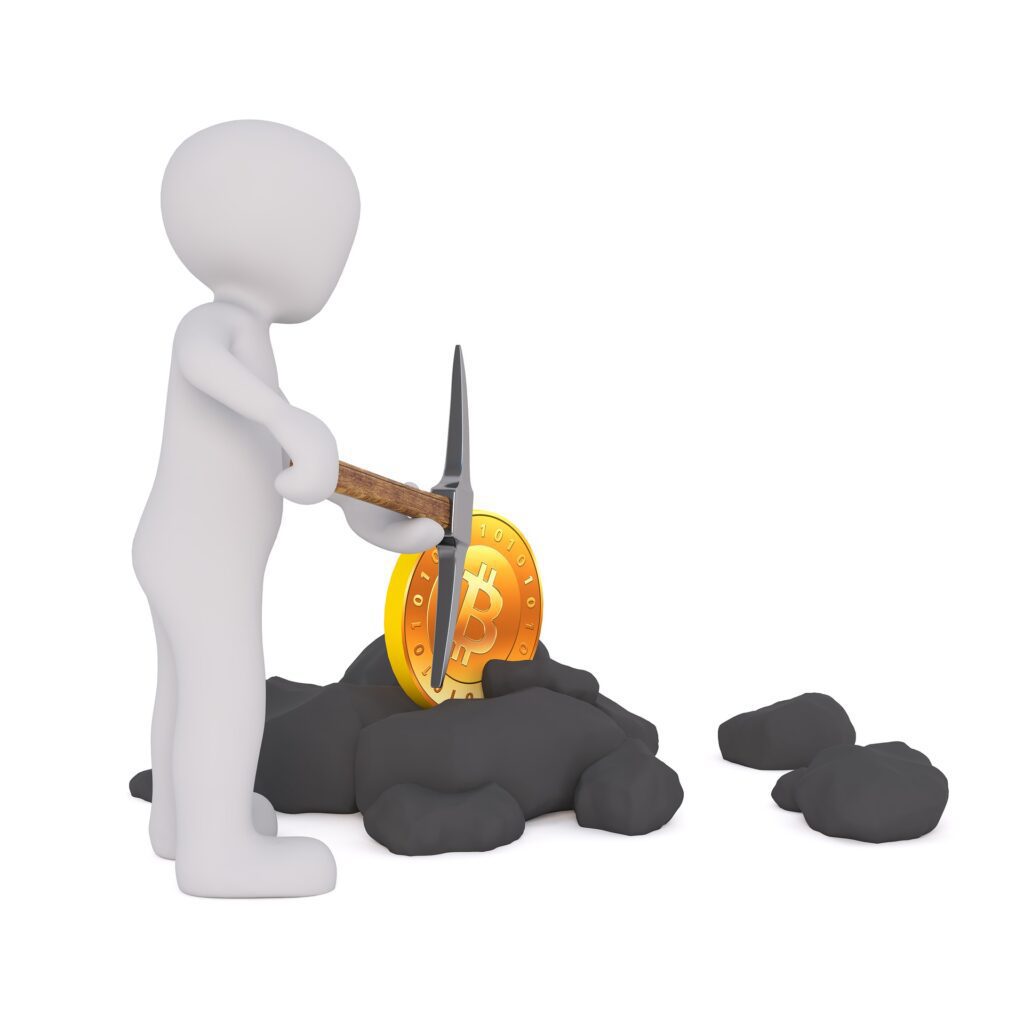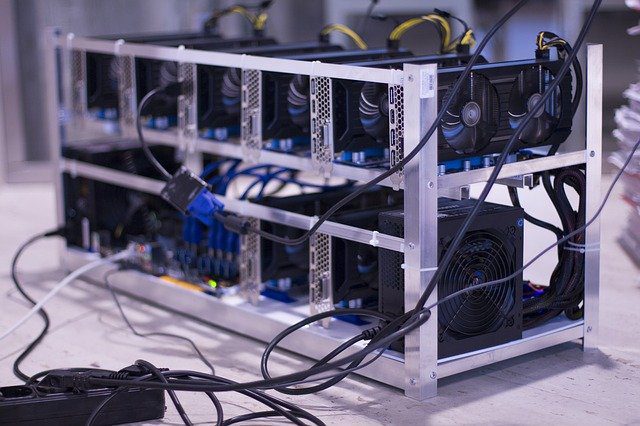The bitcoin miners in 2010 gained huge money in comparison to the last ten years. However, the question is if bitcoin mining is still profitable in 2021?
Some questions have no simple answers. “Is bitcoin mining still profitable” is one of these questions. If you need a very short answer, I can say “yes.” However, it depends on your situation; this “yes” might be “no” for you. Before you decide to become a bitcoin miner, you should check some things.
In this blog post, I will first explain bitcoin mining, the history of mining, and why digital currency mining is harder than in the early days. At the end of this blog, you can make up your mind about whether bitcoin mining is profitable or not.
What is bitcoin mining?
The process of validating bitcoin transactions and publishing them in the public blockchain ledger is known as mining. The record-keeping service uses a computer processing power. We can say that bitcoin mining is a race to solve particular mathematical problems using computing power. The faster a person completes the correct answer, the faster he can record the transaction in a new block. Proof of Work (PoW) is the original consensus algorithm in the bitcoin network. The more the computer power, the greater the likelihood of completing the calculation as quickly as possible. When the new block adds to the blockchain, the miner earns bitcoin.

Between 2009 and 2012, bitcoin miners were just using their personal computers and receiving 50 bitcoin (BTC) when completing a block. Rewards of bitcoin decrease every four years. It means every 4 years number of bitcoin rewards decreases by half.
Bitcoin halving: Is bitcoin mining still profitable?
It started with 50 bitcoin. In 2012, this decreased to 25 BTC. By 2016, this decreased again to 12.5 BTC. On May 11, 2020, the reward decreased again to 6.25 BTC. In the first week of August 2021, the bitcoin price hit almost 38000 euros. If you complete a block, you will earn 237500 Euro (38000 X 6.25). However, it became very difficult for individual miners to complete a block after 2013.
In that year, The development of application-specific integrated circuit (ASIC) chips increased the capabilities of earlier personal PCs by up to 100 billion times, rendering the use of personal computing to mine bitcoins inefficient. Before that, miners used standard multi-core CPUs. Then they realized graphics cards or GPU (Graphics Processing Unit) solved the problems faster. But today if you want block rewards you must buy a special computer and equipment.
However, it is not enough. After introducing the ASIC and the increase in the price of bitcoins, some people create professional Bitcoin mining centers. These centers have lots of computer power. These kinds of centers increase the difficulty of mining bitcoin.
Difficulty of mining bitcoin
The bitcoin network has a worldwide block difficulty. The difficulty is a measure of how difficult it is to find a hash below a given target.
Hash rate is the mining speed. It is measured in the hash/second units, i.e., how many calculations per second can be performed.
As the hash rate grows, so makes the difficulty of mining a Bitcoin block. Because more miners are attempting to unlock a block at the same time, Bitcoin’s in-built mechanism Makes it more difficult to unlock a block automatically
From here, you have probably understood what bitcoin mining is and what you need for it. Basically, you need a powerful computer to solve difficult problems. If you succeed, you can earn bitcoin. But a powerful computer is not the only requirement. There are also some other things that you need to consider.
Electricity costs
On May 13 of 2021, Elon Musk said his company, Tesla, no longer accepts Bitcoin for vehicle purchases.
To be clear, I strongly believe in crypto, but it can’t drive a massive increase in fossil fuel use, especially coal
— Elon Musk (@elonmusk) May 13, 2021
For starters, graphics cards on mining rigs work 24 hours a day. According to The Digiconomist’s Bitcoin Energy Consumption Index, one Bitcoin transaction takes 1,544 kWh to complete, which is the equivalent of approximately 53 days of power for the average US household.
The average cost per kWh in Europe is 21.26 cents in 2021. That means a Bitcoin transaction would generate almost 330 Euros in energy bills.
If you still want to be a bitcoin miner, you should add electricity costs to your expenses.
Cryptocurrency mining rig
After 2013, the year of the introduction of the ASIC, individual miners have realized that if they work together, their bitcoin earnings increase. They started to use their graphic cards together, and then they established Cryptocurrency mining centers.

Crypto mining businesses can have hundreds or even thousands of rigs in one location. For example, a mining center in Kazakhstan has 50,000 mining rigs.
Probably, you have already understood the difficulty of being an individual miner. If you want to add a block to the bitcoin blockchain, you must find a mining pool, but mining pools have disadvantages.
The most important one is, when the pool adds a block to the blockchain, it distributes the bitcoin to all its members. That means you may earn just some Satoshi but not an entire bitcoin.
Profitability calculator
The easiest way is looking for cryptocurrency profitability calculators and seeing if you can make enough money to balance your energy use and technological investment.
Chinese impact
Many Bitcoin mines in Southwest China’s Sichuan Province – one of China’s largest cryptocurrency mining bases – were closed on June 20, 2021.
According to reports, Bitcoin’s mining difficulty rate has decreased by roughly 28 percent as a result of a large decline in hash rate following China’s ban on cryptocurrency mining. This is the greatest reduction in mining difficulty since it went live in 2009.
Right now, some bitcoin miners believe that without Chinese miners, they can earn more bitcoin rewards. Some experts, on the other hand, argue that the Chinese impact was minor, and earning bitcoin through mining is still very hard.
What do you think? Do you want to be a bitcoin miner? Is it profitable for you, or do you think that its costs are more than the reward? Please tell me your opinions.
